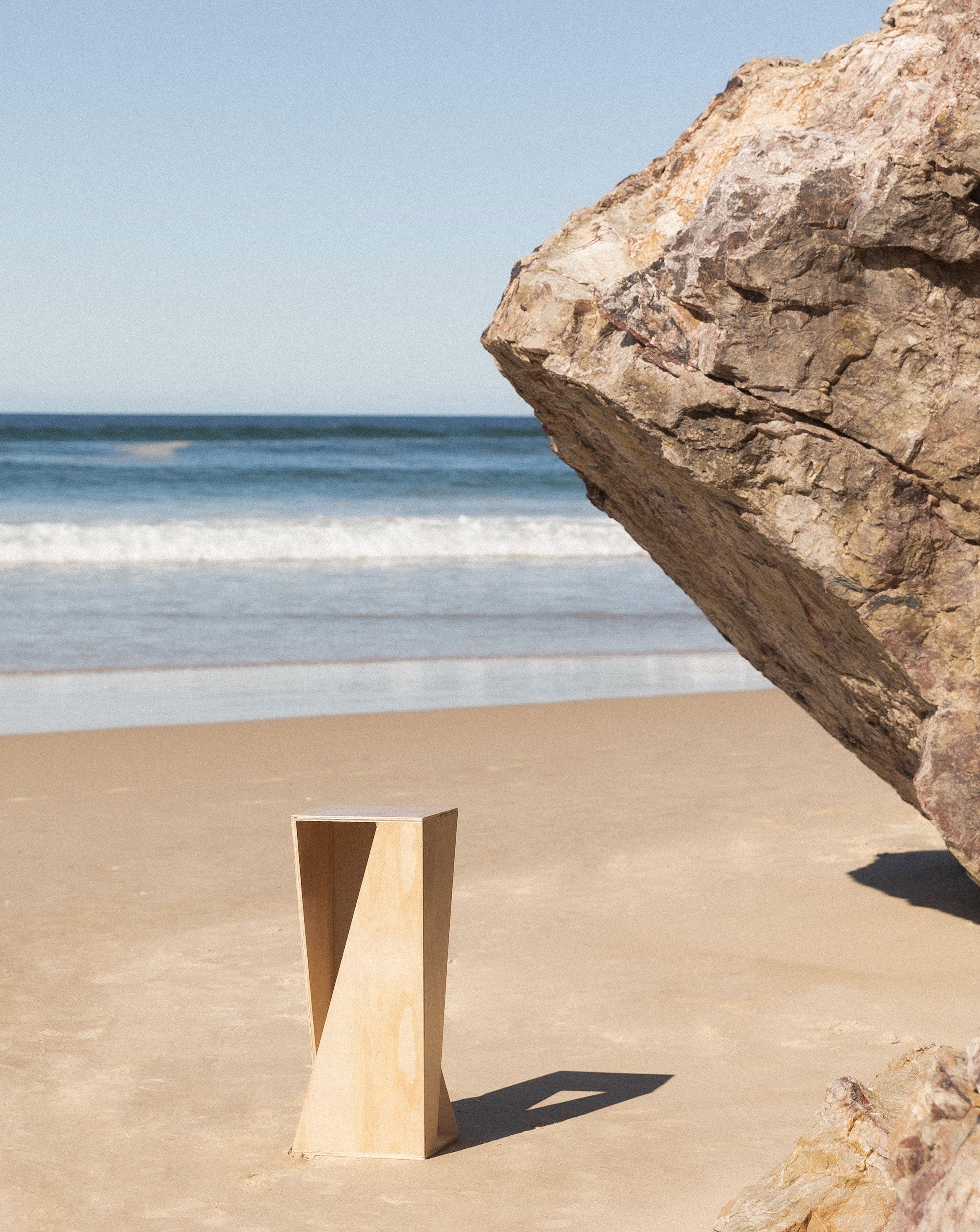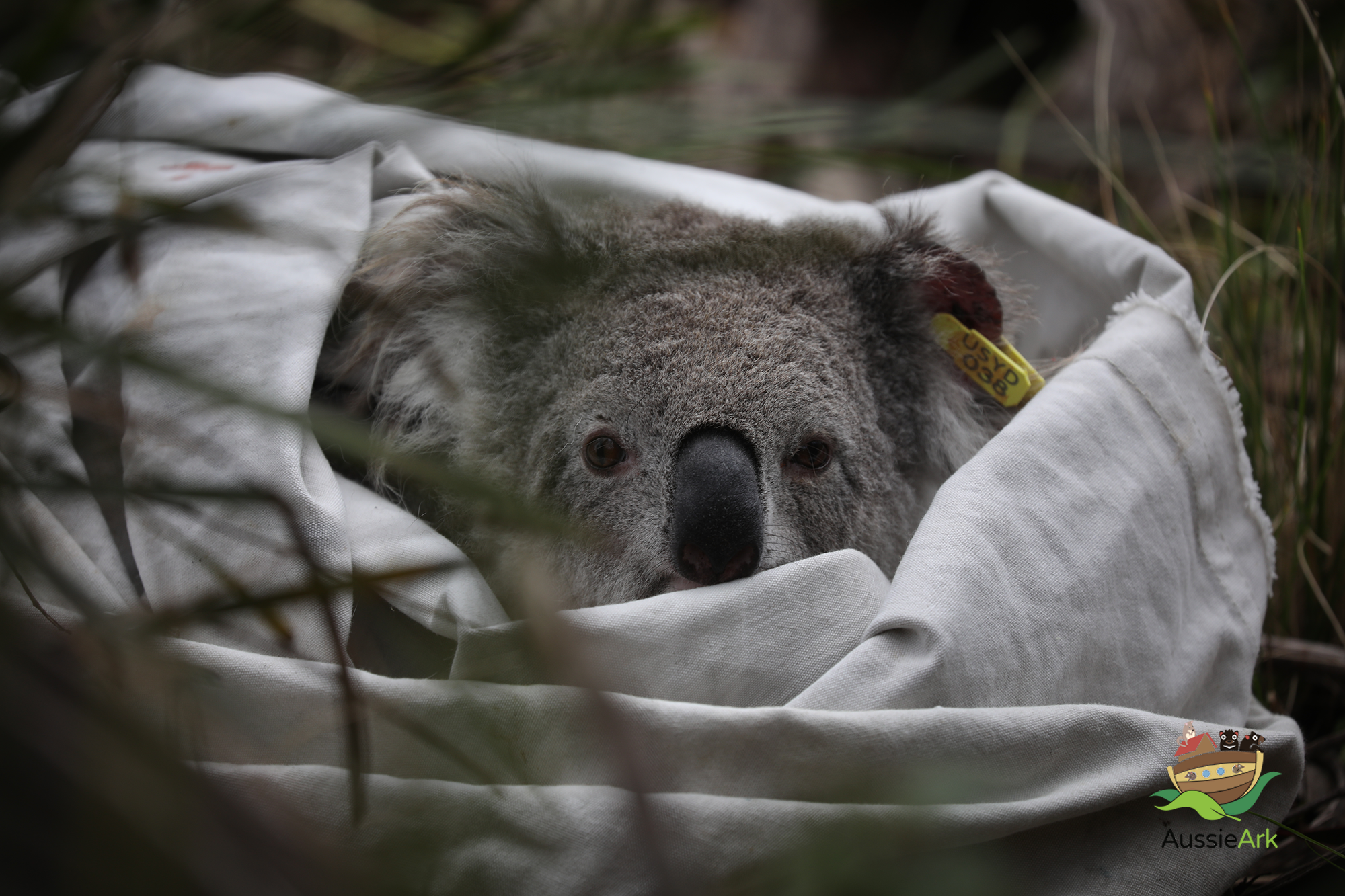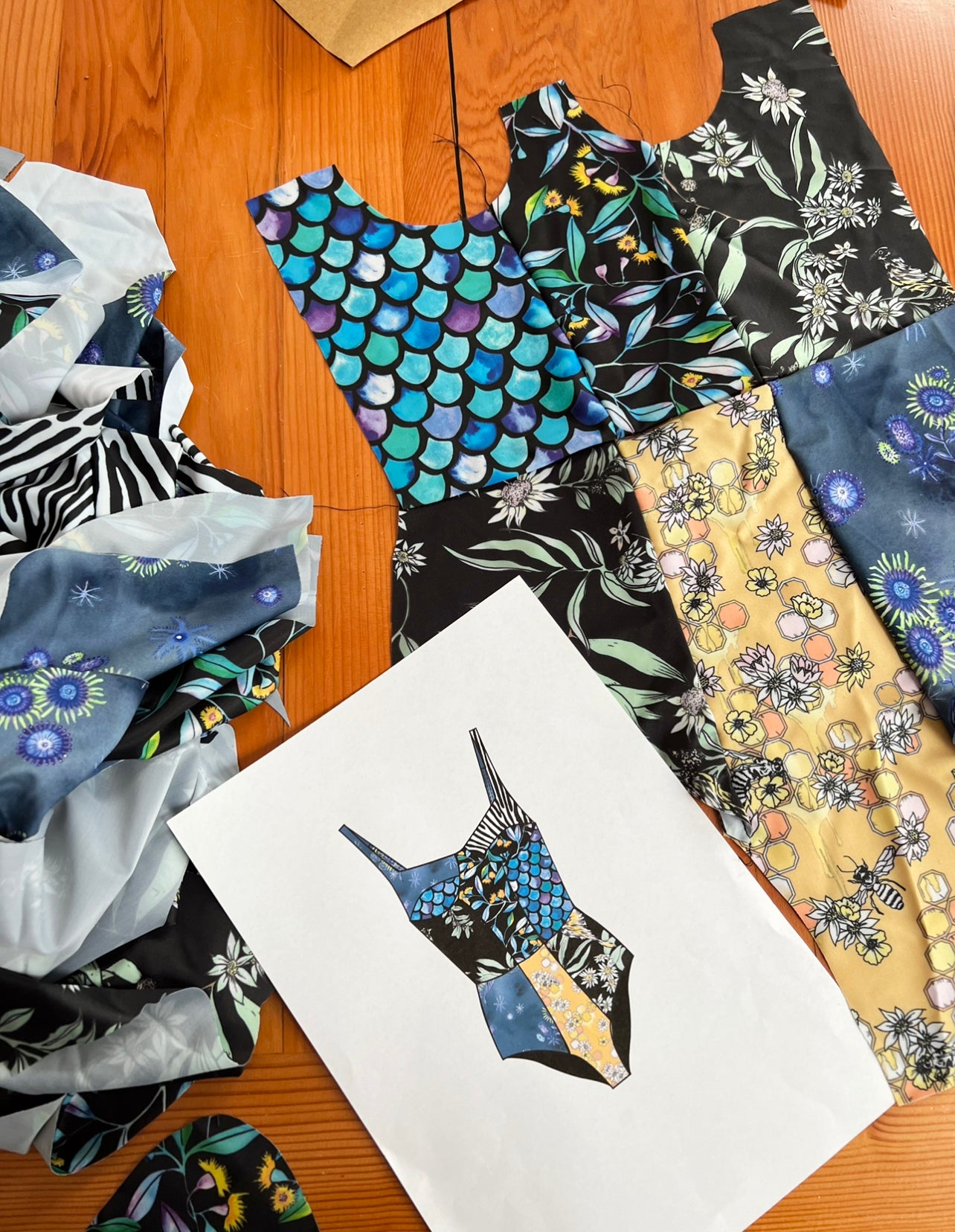Swimwear & The Environment
Shapes in the Sand collections are made from premium sustainable recycled and bio-based fabrications that are helping to keep our planet clean. By using fibres that are derived from pre and post consumer materials and well as renewable resources we are supporting circularity.
Our swimwear is made using on the highest quality tight knit fabrications. To ensure the longevity of your Shapes in the Sand swimsuit and to help you begin to take steps to helping keep our oceans clear from unwanted synthetic particles, we've put together a guide.
Shapes in the Sand Washing Instructions
Swimwear
If you prefer washing your swimsuit in the washing machine, please put on a
gentle cycle and ensure the swimsuit is washed inside a Guppyfriend Washing Bag. If you don't have a washing bag please rinse your swimsuit in a bucket. Once you are done, dispose of the water somewhere that is not down the drain. Hang out to dry in the shade.
Apparel
Our resort collection is made from LENZING™ ECOVERO™ derived from certified wood pulp. We recommend a hand wash or delicate machine wash for your resort garment. Do not tumble dry as this fabric will shrink. Line dry in shade and a gentle iron or steam is preferred.
How can you minimise microfibre shedding?.
At Shapes in the Sand we recognise that Recycled polyester has is negative impact on the environment too. It’s important when purchasing a recycled polyester garment to look at the fibre construction. Textile construction plays an important role in identifying the shedding of a polyester garment. Environmental chemistry professor Dr Denise M. Mitrano points out that there is always potential for fibres to be release, but swimsuits aren't fuzzy, like fleece jackets. Their fabric has a dense knit, so they're less likely to shed microplastics during wear.
What is the best fabric to buy?
Reducing consumption is the key since there are other environmental impacts of producing a garment in the first place.
Buy less! Only buy what you need. By reducing consumption, we reduce the amount of waste and the amount of times we need to wash. Buy quality made garments so that they can not only be recycled after many years of use but to also ensure quality fabric.
How do I wash my synthetic garment?
Use a laundry bag that is made from a natural/untreated fabric.
Minimise the amount of times you use your washing machine and use a gentle
cycle that won't aggravate the fibres, releasing them from the garment.

Australia’s natural world is unlike anywhere else. SHAPES IN THE SAND is a reflection of this, bursting with bold designs and meaningful collaborations. Each piece celebrates the wild beauty of Australia, with conservation woven into every step.
SHAPES IN THE SAND is an Australian swimwear brand founded by designer Alexandra Dash in 2012 during her final year at Ultimo TAFE, where she studied Fashion Design and Production. With a deep love for print design, swimwear, and the Australian outdoors, Alexandra set out to create sustainable swimwear that would challenge industry norms and reduce environmental impact.
Early on, she discovered regenerated fibres, a more responsible alternative to virgin synthetics, and began using them in her final project. This exploration laid the foundation for SHAPES IN THE SAND, which officially launched one year later. From the beginning, the brand has been built on ethical production, local manufacturing, and a genuine respect for nature and wildlife.
Over time, Alexandra observed the growing popularity of regenerated materials in both swimwear and activewear. However, new research revealed a limit: these fibres cannot be recycled indefinitely or form a complete closed loop system. This insight changed her understanding of what it means to create a truly sustainable fashion brand.
Today, SHAPES IN THE SAND embraces natural plant based textiles, with hemp clothing already part of the collection and hemp swimwear soon to launch. By choosing low impact fabrics and working with local makers, the brand continues its mission to reduce waste, celebrate Australia's unique environment, and offer carefully made swimwear and apparel for people who care about the planet.
Eco-Conscious Prints: Our Commitment to Sustainable, Vibrant Australian Swimwear
At SHAPES IN THE SAND, recycled fabrics form a vibrant canvas for our unique Australian textile prints, each piece crafted with intricate details and a lively colour palette that reflects the beauty of nature.
From the beginning, we have focused on reducing waste, supporting local Australian production, and contributing to conservation within our community. Our fibres come from repurposed materials, including plastic waste, ghost fishing nets, and other discarded items. Crafted in Italy, these fabrics meet OEKO-TEX® recycled standards, ensuring sustainability throughout our supply chain. Locally printed in Sydney through a water-free, chemical-free process, our prints are designed to endure, reflecting our commitment to minimising environmental impact.
Our journey continues as we explore new ways to reduce and eliminate synthetics from our collections. This year, we are launching our Hemp Earthwear essentials, alongside utilising archived regenerated fabrics from our suppliers, a more conscious choice than relying on newly produced synthetics.
You can read more about these updates in journal here. Celebrate style with purpose, knowing that each piece is crafted with respect for the environment.
Environment
At SHAPES IN THE SAND, our swimwear is crafted locally in Sydney, Australia, with a focus on minimising waste throughout every part of our business. We carefully consider the environmental impact at each step—from responsible sourcing to the distribution of our limited-edition collections. Our dedication to supporting local conservation efforts is reflected in the meaningful partnerships we've built with not-for-profit organisations like WIRES Wildlife Rescue, BirdLife Australia, Aussie Ark, and OceanWatch. Through these collaborations, we actively contribute to protecting vulnerable native species and their habitats.
Local production
Every collection is thoughtfully crafted through trusted partnerships with local makers. Our swimwear makers, Raymond and Ivy, are skilled artisans behind a family-run business based in Sydney. They use minimal waste cutting techniques, ensuring fabric remnants are kept to a minimum. Any excess fabric is repurposed and returned to our studio for future use.
Sublitech and Publisher Textiles bring our signature print stories to life, collaborating with us to ensure each design is crafted with care and precision, reflecting our commitment to sustainability and craftsmanship.
Each Shapes in the Sand collection is produced in limited quantities to prevent overproduction, ensuring that every piece remains unique. We believe in choosing carefully designed garments that are made to last, creating a positive impact on both the fashion industry and the environment. Our customers receive pieces that are intentional, durable, and created with purpose.
Fabric and Printing Partners
Our fabric and printing partners are integral to our small business, contributing their expertise and dedication to help bring our collections to life with quality and care. Discover who they are.

Packaging
At SHAPES IN THE SAND, we are committed to eliminating plastic from our packaging. Your swimwear is carefully packed using recycled, circular, and sustainably sourced materials, all from certified responsible sources. Our swing tags are crafted from 100% recycled card and printed with non-toxic inks. Logo and care labels are made from regenerated fibers derived from recovered materials. To replace the commonly used plastic liners in the industry, we use compostable hygiene liners for our swimwear bottoms and one-pieces. Our postage labels are fully compostable.













